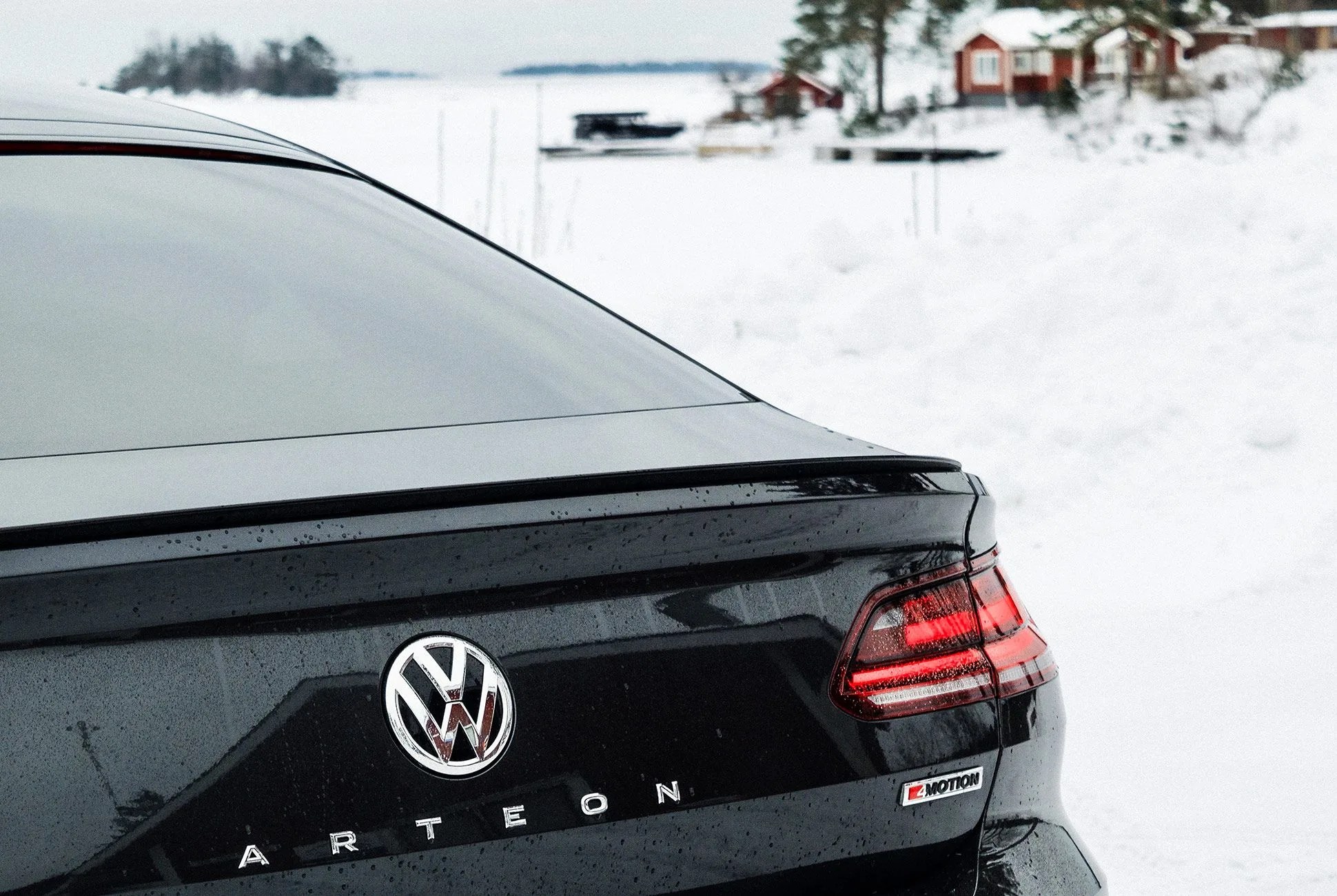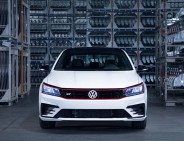7 photos
It’s not so easy to tell the difference between economy and luxury car brands anymore. Sure, sit in a Hyundai Elantra and a Mercedes-Benz C-Class back-to-back and you’ll probably be able to discern which is which, but automakers have shown an increased motivation to step out of their corners and into segments they previously had no business being in, largely in the name of brand building or profit-chasing. That’s why we’ve got a $30,000 Mercedes and a $70,000 Kia both for sale in 2018. Strange times we’re living in.
Volkswagen, on the other hand, seems to be stuck somewhere in the middle. Traditionally a maker of not-quite-economy cars and SUVs, they’ve fluctuated in the last decade between cheaping out on the U.S. market Jetta and Passat and offering insane, expensive options like a 12-cylinder executive sedan with Bentley parts (the defunct Phaeton) and a twin-turbo diesel V10 luxury SUV (for now, the Touareg still exists; the diesel V10 does not). The first two were relative successes despite their abandonment of VW’s core customer group, and the latter two were spectacular sales flops despite their bravado and relative value for what you got.
So where does that leave the legally-beleaguered brand in 2018? Well, it’s still not quite so clear, as evidenced by the all-new Arteon, Volkswagen’s replacement for the gorgeous but flawed CC. To find out if this Vee-Dub is worth buzzing about before its U.S. market introduction, I took a weekend road trip up Sweden’s snow-covered Eastern shore in a top-of-the-line Euro-spec model.
Verdict: Volkswagen’s budget grand tourer is an all-around impressive package — one that looks fantastic, rides comfortably and competently, packs impressive technology and proves VW can make a luxurious car (almost) as well as its corporate sibling Audi. But despite offering a decent discount over the more prestigious luxury brands, the question remains: who in the U.S. is going to shell out $40K or more to buy one?
The Good: It’s hard for any car to stand out from the crowd when finished in dark gray paint with dark gray wheels, but my goodness the Arteon does its darnedest. Volkswagen’s designers have penned a truly fantastic-looking fastback, one that’s more reminiscent of an Audi A5 Sportback ($42,600) or Tesla Model S ($74,500) than it is of a Passat.
Subtle touches add to the overall appeal of this big VW, such as the gorgeous LED running lights that flow seamlessly into the massive grille, and the aggressive stamped metal of the hood. The Arteon also uses Audi’s sequential LED turn signals, a feature I hope makes it to the U.S.-bound version because it’s a neat party trick for those lucky enough to sit behind the Arteon’s wide, confident rear end in traffic.









